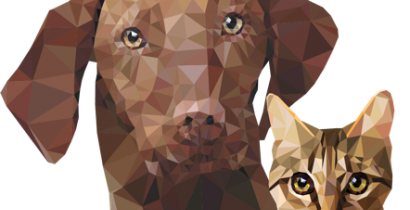Home -> Vectors -> Mosquitoes -> Morphology
MORPHOLOGY
Mosquitoes are small (up to 15 mm), two-winged insects. They are easily distinguished from most other flies by a combination of the following characteristics: a long proboscis projecting forwards from the head; the presence of scales on the wing veins; a fringe of scales along the posterior margin of the wing; and a characteristic wing venation, the second, fourth and fifth longitudinal veins being branched (Goma, 1966).
Males and females can be differentiated by the form of the antennae. In males they are very plumose, while in females they only have a few short hairs.
Genera and species identification can be performed by standard entomological aspects such as exterior, arrangement of eggs, habitus etc. Further and newer techniques include biochemical techniques such as enzyme electrophoresis and gas chromatography of cuticular carbons, and DNA probes.
Mosquitoes are holometabola with the first stage differing completely from the last one in form, structure and habits. Most of the common and important mosquitoes as transmitters of pathogens for animal and man belong to four genera: Anopheles, Culex, Mansonia and Aedes.
They possess sensory organs in their antennae to recognise host and oviposition sites and the Johnston's organ in the basic segment by which males recognise wing beats of the females.
References
Goma LKH: The mosquito. 1966, Hutchinson Tropical Monographs, Hutchinson & Co. (Publishers) LTD, London
EXPLORE OUR CONTENT
 CVBD MapsThe CVBD Occurence World Map presents country-specific situations based on current scientific knowledge and feed-back from experts around the world in an easy-to-grasped way. |
| Read more-> |
 ResourcesElanco Animal Health supports education in parasitology and especially in the field of vector-borne diseases. Access image collections, discover the World Forum calendar, interesting links and our glossary. |
| Read more-> |
 CVBD World ForumThe CVBD World Forum is a working group of leading international experts with the mission to enhance knowledge and communication on companion animal vector-borne diseases for the improvement of animal, human, and environmental health. |
| Read more-> |
